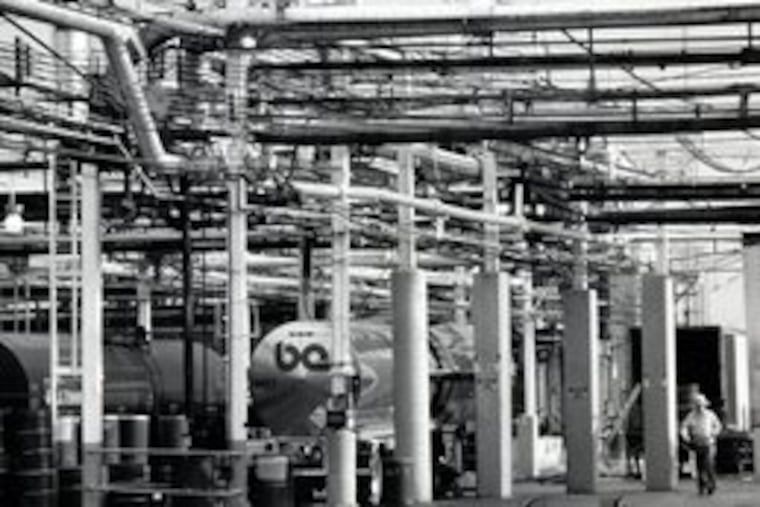Rohm & Haas Legacy
It began a century ago with two German men named Otto. Otto Rohm, scientist, had invented a product for tanning hides into leather.

It began a century ago with two German men named Otto. Otto Rohm, scientist, had invented a product for tanning hides into leather.
